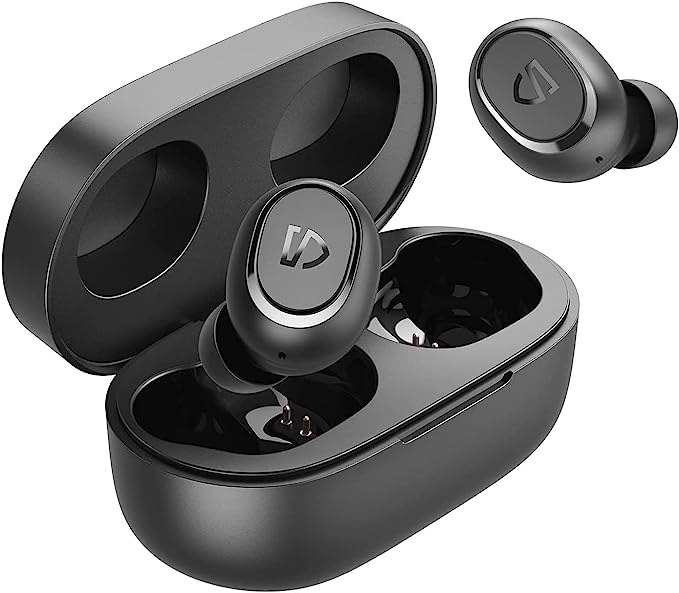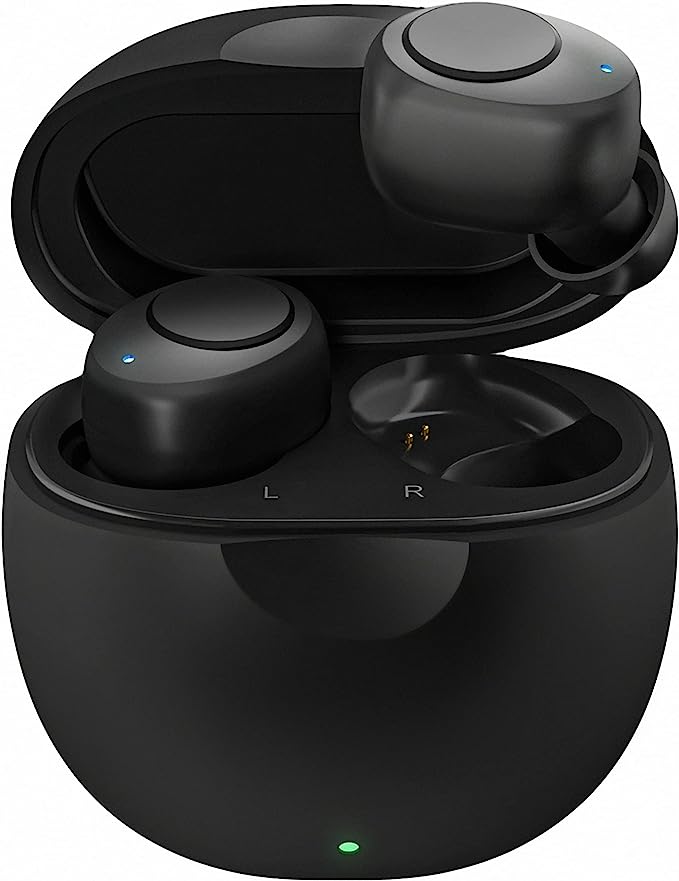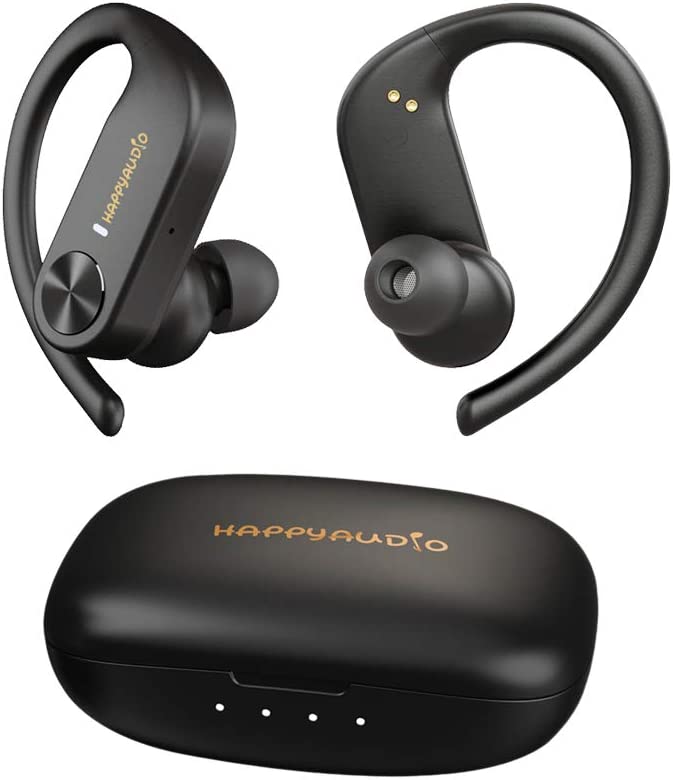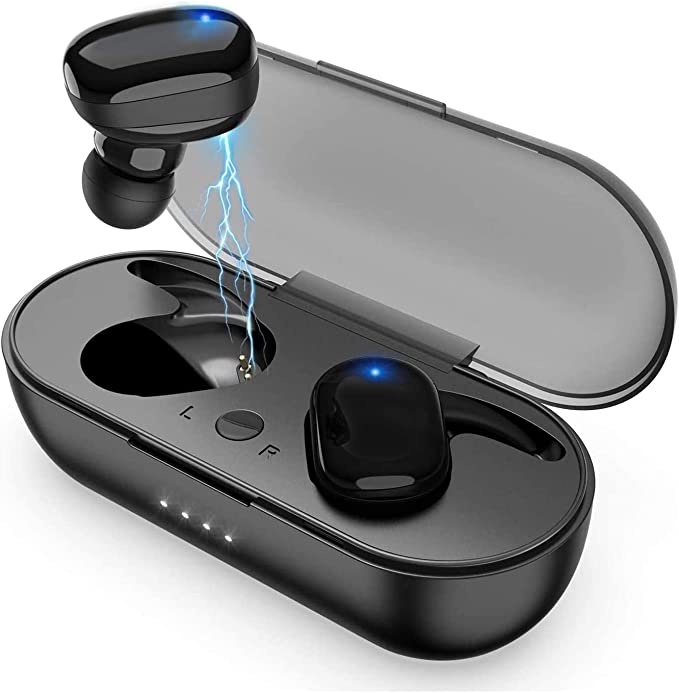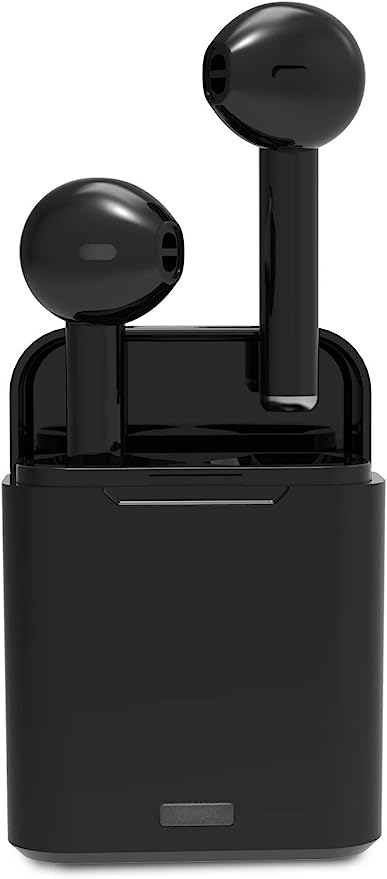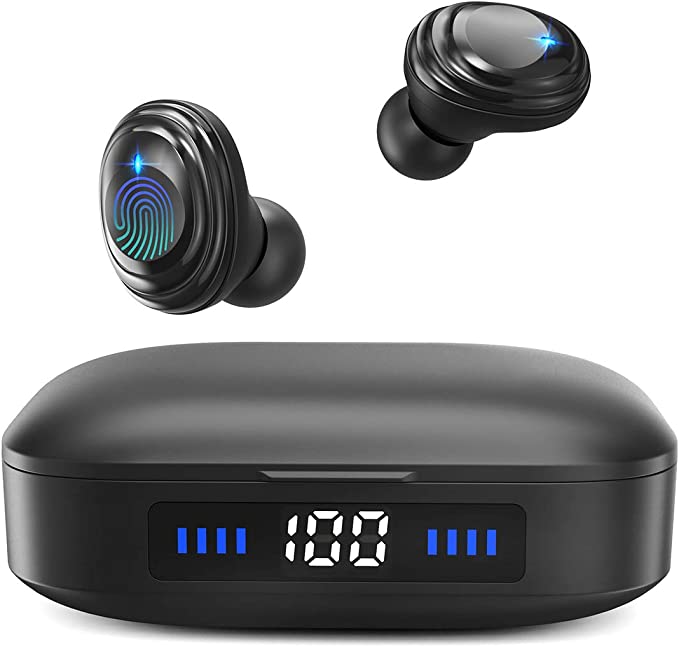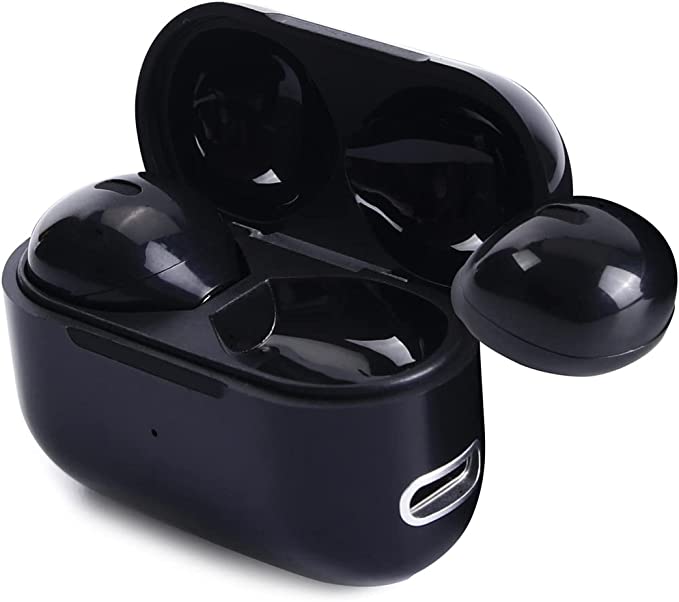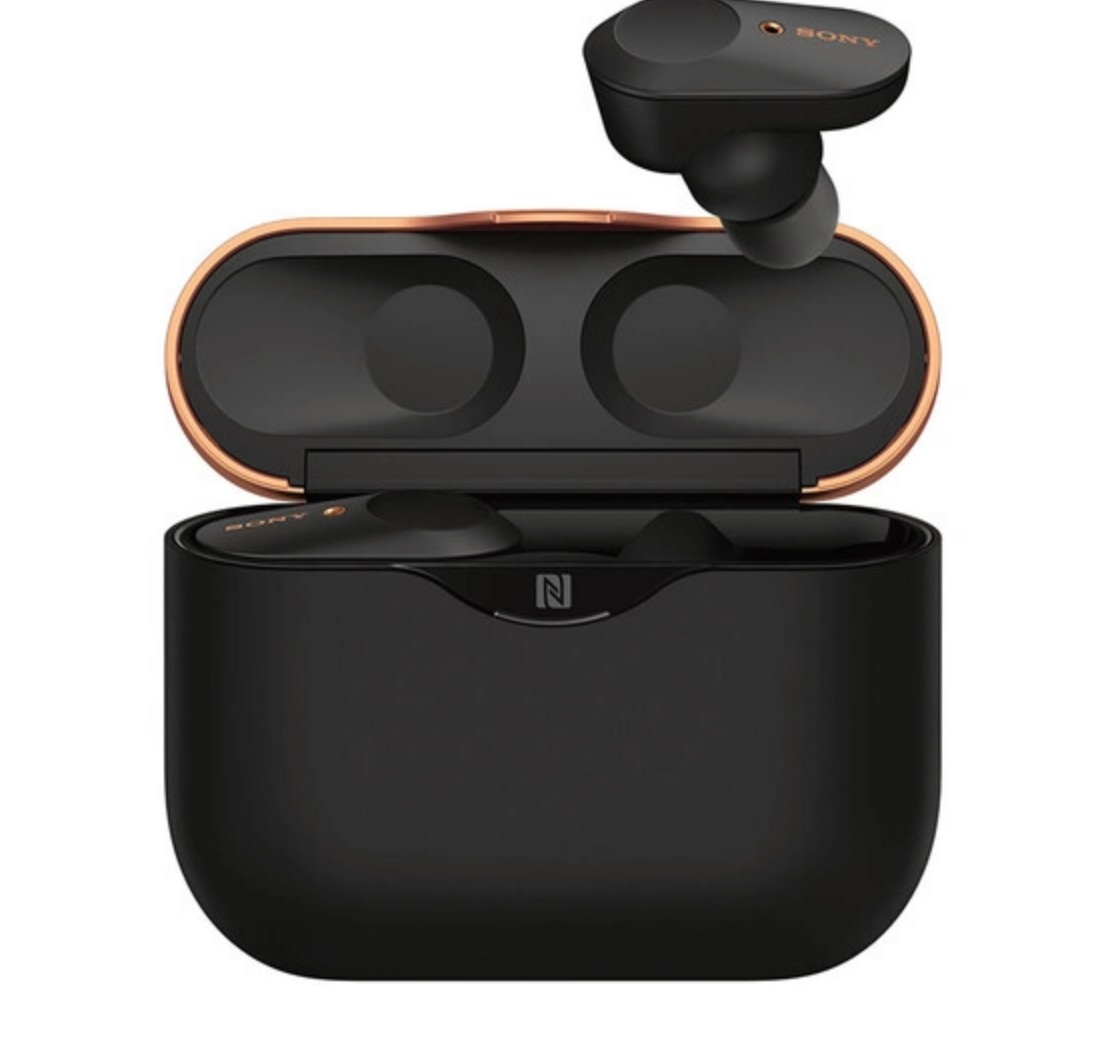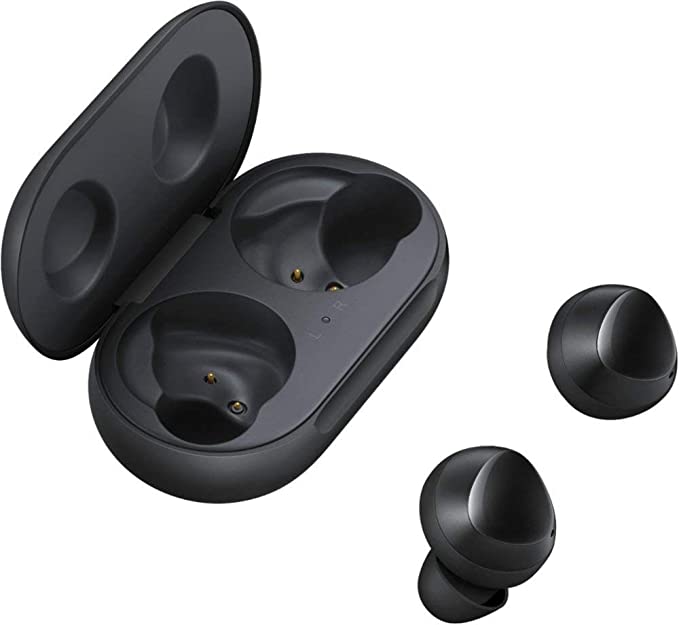Volkano VK-1124 True Wireless Earbuds - Great Sound and Battery Life for an Affordable Price
Update on July 2, 2025, 8:01 a.m.
Ever pause to consider the sheer density of human ingenuity nestled in your ear? The device that pipes your morning podcast or workout playlist into your brain costs less than dinner for two, yet it’s a culmination of decades of research in physics, chemistry, and computer science. It’s a pocket-sized miracle we’ve quickly come to take for granted. To understand how we got here, we don’t need to look at the most expensive flagship products. Instead, let’s place a more common specimen under our microscope: the Volkano VK-1124 True Wireless Earbuds.
This isn’t a review. Think of it as a guided tour, an anatomical dissection. The story of Volkano itself, born from founders selling calculators in university parking lots, is a fitting prelude to our subject: the democratization of technology. By understanding the science and engineering choices packed into an affordable device like this, we can appreciate the entire ecosystem of modern electronics in a new light.

The Invisible Handshake: A Brief History of Wireless Freedom
The first promise of “True Wireless Stereo” (TWS) was pure freedom, but the initial reality was often a clumsy dance of glitches. Early TWS earbuds operated on a “master-slave” system. Your phone would connect to one earbud (the master), which would then have the Herculean task of relaying the signal perfectly in sync to the other (the slave). The result? Frequent dropouts, frustrating pairing rituals, and uneven battery drain. It was a technology working at its absolute limit.
Enter Bluetooth 5.0. This wasn’t just another incremental update; for TWS, it was a revolution. According to the Bluetooth Special Interest Group (SIG) that governs the standard, Bluetooth 5.0 brought significant increases in speed and data capacity. For earbuds like the VK-1124, this unlocked a new, vastly more stable method of connection. Instead of a fragile daisy chain, your phone can now establish two independent connections, one to each earbud, like a person holding a separate conversation with two people at once.
This is the science behind the Independent Earbud Pairing feature listed on the box. It’s not just a minor convenience; it’s the triumphant solution to one of TWS’s biggest historical headaches. The result is the seamless, stable connection we now expect—an invisible, digital handshake that just works.

The Tiny Engine of Sound: From Electrical Pulse to Emotion
Once the signal arrives, how does it become sound? The heart of any earbud is its driver, and the VK-1124 uses an 8mm dynamic driver. Imagine this as a miniature, high-precision piston engine. An electrical audio signal flows into a coil, turning it into a tiny electromagnet that interacts with a fixed magnet. This interaction causes a diaphragm—a paper-thin cone—to vibrate back and forth thousands of times per second. These vibrations create pressure waves in the air, and when those waves reach your eardrum, your brain interprets them as music. It’s pure physics, turning electricity into emotion.
But an engine is only as good as the chassis it’s in. This is where the physical design—the ergonomics—becomes critical. The silicone ear tips (provided in three sizes) aren’t just for comfort; they are a crucial part of the acoustic system. By creating a snug seal in your ear canal, they form a tiny, closed chamber. This seal is the principle behind passive noise isolation—it physically blocks outside noise. More importantly, according to the fundamental principles of acoustics, this sealed chamber allows the 8mm driver to move air efficiently, which is absolutely essential for producing a full, present bass response. Without a good seal, bass frequencies leak out, and the sound becomes thin and lifeless.
This is why a well-fitting earbud inherently sounds better. The 100 dB sensitivity rating tells us how efficient this tiny engine is, converting small amounts of battery power into powerful sound—a key factor in achieving a respectable battery life.

The Art of the Possible: Powering the Experience
All this technology is thirsty, and it’s powered by a silent hero: the Lithium-Ion battery. The high energy density of Li-ion chemistry is the Nobel Prize-winning breakthrough that enables virtually every portable electronic device we own. In the VK-1124, this translates to about 3-5 hours of playback, a figure that represents a masterclass in engineering compromise. Engineers must constantly perform a delicate ballet, balancing the physical size and weight of the battery against its capacity, the power demands of the Bluetooth chip and amplifier, and the final cost of the product.
The charging case, with its larger battery providing up to a total of 25 hours of listening time, acts as a mobile power bank. The inclusion of a USB-C port is a small but significant detail. It signals an adherence to the modern universal standard set by the USB Implementers Forum, a choice that prioritizes user convenience over saving a few cents on an older, obsolete port.

Listening with New Ears: The Takeaway
So, what do we do with this newfound knowledge? We learn to listen with intent. The next time you use any pair of wireless earbuds, don’t just hear the music; listen to the technology.
Pay attention to the stereo imaging—can you pinpoint where the drums and guitars are in the mix? That’s the work of that stable, dual-channel Bluetooth handshake. Notice the clarity in a cymbal crash or a vocalist’s breath; that’s the little 8mm driver faithfully doing its job. Press the earbuds in gently to ensure a good seal and listen to how the bass instantly becomes richer and more defined—that’s you, actively managing the acoustic chamber.
You can also now understand the inherent limitations. Many users of affordable TWS earbuds note that microphone quality for phone calls can be lacking. This is often not a sign of a “bad” microphone but a simple matter of physics. Unlike the microphone on a phone held to your cheek, the mics in an earbud are several inches from your mouth, struggling to distinguish your voice from background noise. It’s a physical constraint that even premium earbuds wrestle with.

The Real Marvel
In the end, by dissecting this everyday object, we discover that the true marvel isn’t that a $35 pair of earbuds works. The marvel is the staggering amount of science and historical problem-solving that has been refined, miniaturized, and made so astonishingly affordable. The Volkano VK-1124, like so many devices of its kind, is a testament to the relentless march of technological democratization.
By understanding the anatomy of this everyday marvel, you gain something more valuable than a new gadget. You gain a new appreciation for the invisible engineering that shapes our world and the power to become a more informed, discerning listener. And that is a skill that will last far longer than any single piece of technology.
